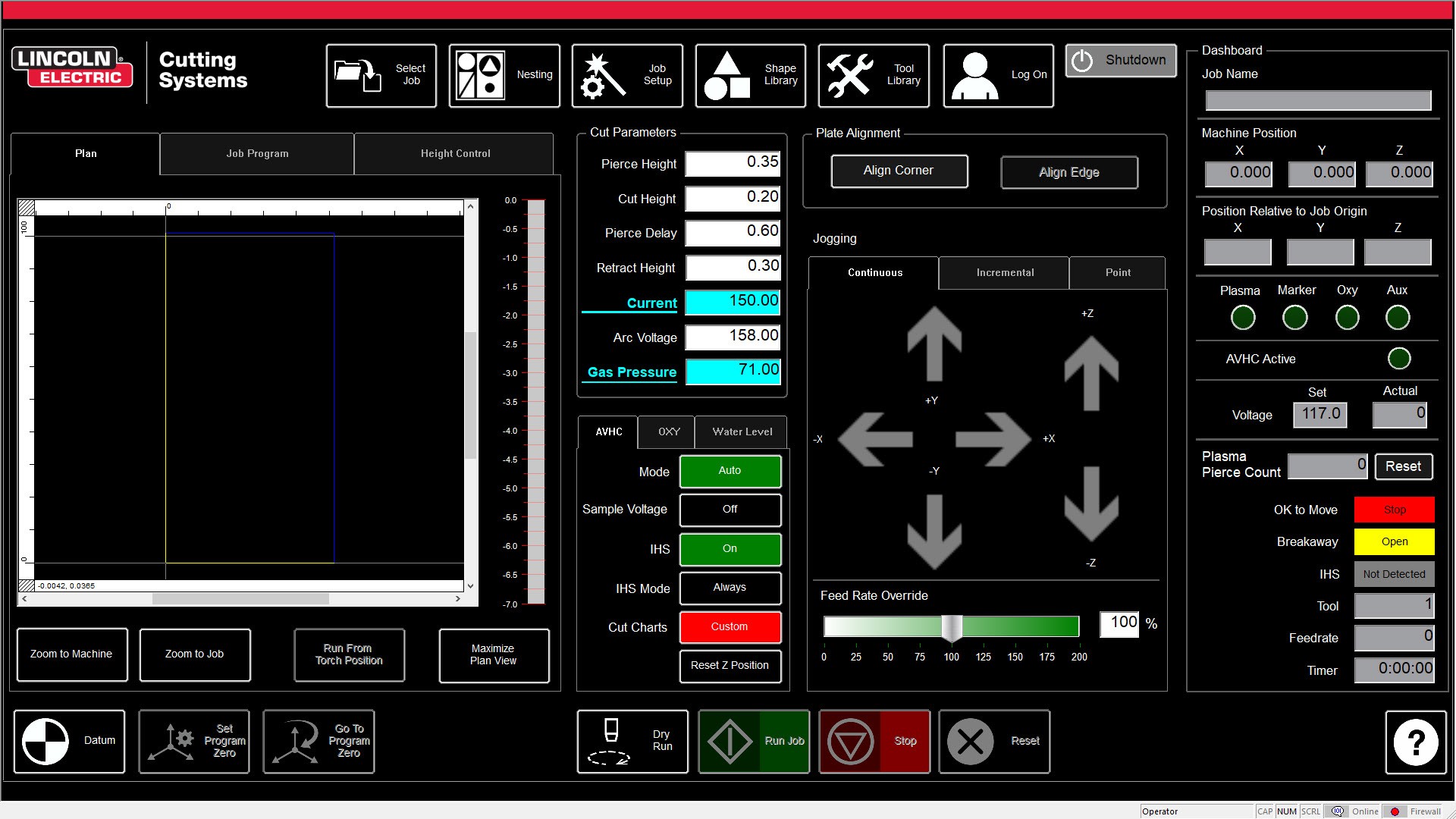

Using Multiwfn and VMD to easily plot electrostatic potential colored molecular vdW surface map


Using Multiwfn and VMD to plot Hirshfeld surface to analyze intermolecular interaction in crystals
#Vmd tutorials windows#
Using Multiwfn to plot transition density matrix and charge transfer matrixĬompiling Windows version of Multiwfn via Visual Studio 2017 + Intel Fortran compiler Using Multiwfn and VMD to plot average local ionization energy colored molecular surface map Plotting Multiwfn logo (electron localization function of Li6) with transparent background Using Multiwfn to very conveniently plot a batch of molecular orbital isosurface maps Using Multiwfn to perform NCI analysis to reveal intra- and intermolecular interaction Plotting electron localization function (ELF) isosurface using Multiwfn and ChimeraXĭrawing AIM basins (atomic basins) in Multiwfn and VMD The below list will be gradually updated. All Multiwfn users are welcomed to subscribe Multiwfn youtube channel ( … 8HPHjSECsW), more videos will be uploaded when I have spare time. Schulten, R.I uploaded some Multiwfn video tutorials to Youtube, see below. Wed, June 18: Statistical Mechanics of Proteins - Klaus SchultenĠ9:00-10:00 Analysis of Equilibrium and Non-equilibrium Properties of Proteins with NAMDġ0:00-10:45 Applications of VMD / NAMD in Modern Researchġ1:00-12:00 Introduction to GPU Accelerated NAMD Simulation - K. Evolution of Translation: The Ribosome orĤ) Participants work on their own projectsĢ1:00-21:30 Cloud Computing Opportunities for Computational Investigators (Amazon) - Ryan McGreevy Evolution of Translation Class I Aminoacyl-tRNA Synthetases: tRNA complexes Tue, June 17: Introduction to Bioinformatics - Zaida Luthey-SchultenĠ9:00-10:30 Introduction to Evolutionary Concepts in Bioinformatics: MultiSeq in VMDġ0:50-12:00 Application of MultiSeq to Evolution of Translation Machineryġ) Basic Sequence Analysis: Aquaporins with the VMD MultiSeq Tool or Mon, June 16: Introduction to Protein Structure and Dynamics - Klaus SchultenĠ9:10-10:40 Structure and Sequence Analysis with VMDġ1:00-12:00 Introduction to Molecular Dynamics with NAMDġ4:00-16:00 VMD Tutorial - Using VMD NAMD Tutorialġ6:15-18:00 VMD Tutorial - Using VMD NAMD Tutorialġ9:30-21:00 Contributions from participants More details, references and training material for both, NAMD and VMD, can be found at VMD provides a wide variety of methods for rendering and coloring molecules and can be used to animate and analyze the trajectory of a molecular dynamics simulation. It may be used to view more general molecules, as VMD can read a host of formats, including standard Protein Data Bank (PDB) files, and display the contained structure. The program VMD is designed for modeling, visualization, and analysis of biological systems such as proteins, nucleic acids, or lipid-bilayer assemblies. Based on Charm++ parallel objects, NAMD scales to thousands of processors on high-end parallel architectures and hundreds of processors on commodity clusters.
#Vmd tutorials code#
NAMD is a parallel molecular dynamics code designed for high-performance simulation of large biomolecular systems.
#Vmd tutorials how to#
The primary objective of this tutorial is to teach the participant how to use NAMD and VMD for biomolecular modeling. While such events are generally organized on the American continent, it is important that they also be held at European venues. NAMD and VMD are currently utilized by, respectively, 47,000 and 195,000 end-users worldwide, with a growing demand for didactic events covering introductory to advanced material.

During the proposed hands-on workshop, participants will use the scalable molecular dynamics program NAMD and the visualization platform VMD. Relevant physical concepts, mathematical techniques, and computational methods will be introduced, including force fields and algorithms used in molecular modeling, molecular dynamics simulations on parallel computers and free-energy methods to address rare events. The course will be based on case studies including the properties of membranes and membrane proteins, mechanisms of molecular motors, trafficking in the living cell through water and ion channels, and signaling pathways. The workshop sets out to explore physical models and computational approaches used for the simulation of biological systems and the investigation of their function at an atomic level.


 0 kommentar(er)
0 kommentar(er)
